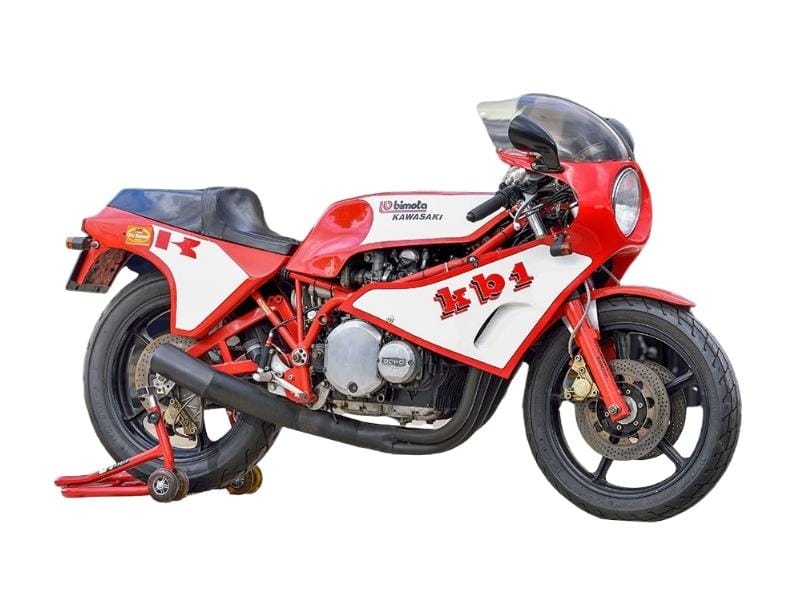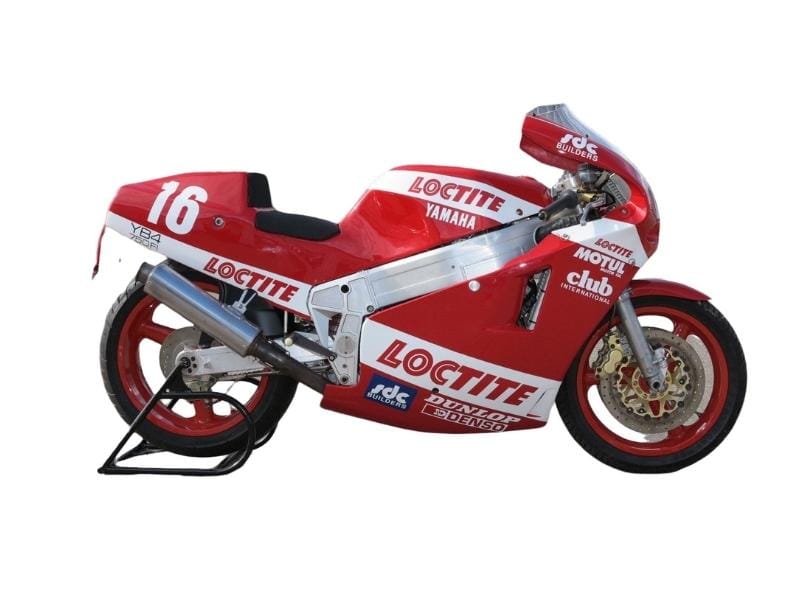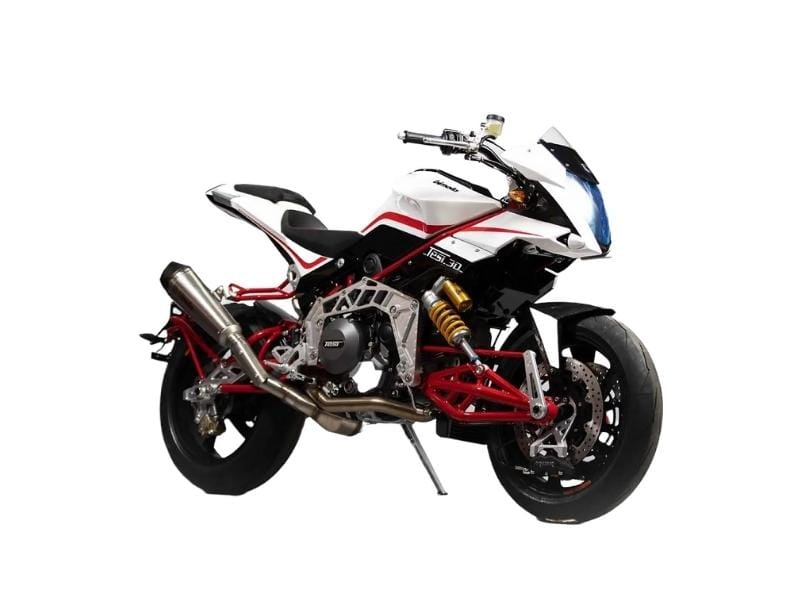History of Bimota
When most people think about Bimota motorcycles, they imagine the extravagant and highly modified (often custom-built) motorbikes that the Italian bike maker is known for. However, there is an epic story that supplied the foundation for everything else, and for that, we have to go back to the early 1970s.
We explore how the company came to be and how it earned its reputation.
Origin Story
The company name 'Bimota' stems from the first two letters of its founders' last names: Valerio Bianchi (Bi), Giuseppe Morri (Mo), and Massimo Tamburini (Ta).
The three men were initially engaged in business together in Rimini, Italy, owning an air-conditioning and heating equipment company. However, it wasn't until 1973 that they first ventured into motorcycles, where they began by building frames for other manufacturers including Honda, Suzuki, and Yamaha.
The Bimota motorcycle journey started with a crash at Quercia turn of Misano racetrack, where Tamburini broke three ribs and decided to build a new frame set for his Honda CB750 Four — designated the HB1. The improved model weighed 50kg less than the original CB750, at 155kg.
The HB1 was a significant step forward in motorcycle chassis design and engineering. In the first decade of its existence, Tamburini also created the KB1, based on the Kawasaki Z1, which led to the company's first commercial success and marked the beginning of Bimota's long and distinguished history.
The brand has since been through a series of victories, cash flow struggles, and ownership changes over the years, finally selling a 49.9% stake in the company to Kawasaki Heavy Industries in 2019.
Today,
Bimota is owned partly by
Kawasaki Heavy Industries and its current owners Marco Chiancianesi and Daniele Longoni. With the help of Kawasaki's supply chain expertise and access to parts and resources,
Bimota is poised to make a comeback!


History
Bimota has inspired awe among motorcycle enthusiasts since the 70s. It has a rich history, full of delightful high-stakes gambles, cash flow crisis, and a collection of mavericks.
The Bimota Story
The key figures behind Bimota Motorcycles are the founders Valerio Bianchi, Giuseppe Morri, and Massimo Tamburini — considered by many to be one of the most experienced and creative designers in motorcycling. His concept of a mono-framed motorcycle was borne out of necessity after crashing his Honda CB750 Four at the Quercia Turn at Misano racetrack in 1972. It was not just a design epiphany — it was also the beginning of a new enterprise that came to be known as Bimota Motorcycles.
After the iconic HB1, Tamburini went on to redesign the Kawasaki Z1— designated KB1. However, these machines were produced in very small numbers at the time (about 10-12). By the late 1970s production numbers had increased, with 827 KB1 motorcycles made, out of which 16 were sold complete.
Tamburini Exits Bimota
In 1983, Tamburini left Ducati to work for the Cagiva group. Although the circumstances of his departure are unclear, Tamburini went on to design many of Ducati's most memorable machines, including the Ducati 916 and MV Agusta F4 750.
Of Tamburini's successors, Federico Martini was the most significant. His previous experience working for Ducati enabled him to bring contacts and experience from his former employer to bear on Bimota's rise to prominence within the industry. This was a result of Martini's introduction of aluminum beam frame technology, first seen on the YB4 in 1986.
Although still quite young, Martini was able to increase production figures up to around 1200 units annually between 1983 and1989, before leaving Bimota. He also produced two of Bimota's most popular bikes, the DB1 and YB4, which were based on the Ducati 750 Paso and Yamaha TZ250 respectively.

Bimota Falls Into Bankruptcy
In the 1990s, Japanese frames and components improved in quality compared to those of previous decades. As a result, Bimota decided to focus on futuristic models such as the Tesi headed by Pierluigi Marconi to maintain a competitive edge over other sports bike manufacturers.
From the VFR 400 and 750 (known as the V4 Hondas), Bimota moved to Yamaha's five-valve engine and finally incorporated it into the Ducati 851/904 five years later. Although the Tesi project was still ahead of its time, Bimota had wasted too much time and the bike failed to meet expectations, becoming a collector's item instead of a profitable product.
However, it was the 100% Bimota-made V Due that led to the company's downfall. The V Due was plagued with issues, including a poor fuel injection system. Despite attempts to address issues related to the bike's performance, the motorcycle failed to meet expectations in terms of both sales and profit margins; in 2001 the company went bankrupt.
The New Era of Bimota
Two years after bankruptcy, thanks to an investment by Roberto Comini and the technical leadership of Sergio Robbiano, Bimota restarted. The first models released under this partnership were the DB5 and DB6 Delirio. Bimota and Vyrus also worked together to create a new version of the Tesi.
This management was short-lived however, with the DB7— powered by a 1098 Ducati engine — being the last model produced by Bimota before falling under Swiss ownership. The new owners, Daniele Longoni and Marco Chiancianesi injected much-needed capital into the company to boost its image.
The company's new leadership directed the expansion of the Ducati engine line-up; launching the BB3 — the fastest Bimota ever made, powered by an S1000RR-class engine. Despite the bike's striking looks and superior performance, it did not achieve the sales figures expected by Bimota.
In 2017, the factory in Rimini was closed, and the remaining models of the Tesi 3 were shipped to Switzerland for final assembly. However, not all hope was lost for Bimota Motorcycles. In 2019, after more than three years of negotiations, Bimota President Marco Chiancianesi agreed to sell a 49.9% share of the company to Kawasaki Heavy Industries while retaining a majority stake of 50.1%.
The deal ensured that designers, craftsmen and factories all remained in Italy while providing Kawasaki with a way to enter the global motorcycle market by partnering with an established brand.


Born To Be Fast
The company began with the goal of producing high-performance motorcycles and quickly grew in sales and popularity with its strong reputation built on racing success. In 1980, Jon Ekerold won the 350 World Championship on a Bimota HB3, while other champions like Mamola, Uncini, Cecotto and Lavado have been successful on Bimota frames during their careers.
In 1987, Virginio Ferrari finished first in the TT/F1 World Championship with his YB4 I.E.; thirteen years later Antony Gobert earned top honors in the first Superbike World Championship round in Australia on his SB8R.
Noteworthy Statistics
Bimota's history is not as long as other Italian brands, but they've had a significant impact nonetheless. Here are some key statistics in the company's journey.
- Bimota Motorcycles has been in operation for over four decades and has had its share of ups and downs from 1972 to 2022.
- The company's first bike was produced in 1973 and since then they have developed many more models that have been acclaimed by riders all over the world for their unique designs and outstanding performance.
- Federico Martini, who replaced Massimo Tamburini after his exit from Bimota, was able to design two of the company's most popular bikes—the DB1 and the YB4—as well as increase production to 1200 bikes per year from 1983 to1989.
- Since its inception, Bimota has been known for its custom-made performance motorcycles. It has several distributors across 11 countries including Italy, UK, USA, Japan, Mexico, France, Czech Republic, Slovakia, Israel, South Korea, and Switzerland.

Models by Type
Bimota motorcycles have been around since the early 1970s producing high-quality, highly advanced, and technologically adequate two-wheelers that have earned an impeccable reputation amongst the most hardcore enthusiasts.
List of Services
-
SB2 (1977 to 1978)List Item 1
The SB2 was the first street-legal Bimota, produced at the request of Suzuki Italy. 200 frames were built, and of those, only 140 became motorcycles. In addition to the tubular frame, the SB2 initially carried its fuel tank under the engine for better handling. However, this idea was abandoned for production when issues with heat dissipation were discovered.
-
KB1 (1978 to 1982)List Item 2
In 1978, Bimota launched the Kawasaki-based KB1, which was offered as a kit or as a complete bike. The bike won praise from enthusiasts for its lightweight design and powerful engine, selling over 800 kits and only 16 complete bikes.
The tank was made of plastic reinforced with fiberglass, and the wheels featured star-shaped spokes for strength and style. In 1980, the two-seat version came with folding foot pegs for the pillion passenger. Bimota later updated the model with forks from Marzocchi and a double Brembo disc brake in front.
-
DB1 (1985 to 1986)List Item 3
The first Bimota built entirely in Italy after the departure of Massimo Tamburini used a Ducati Pantah 750 engine. The DB1's odd bodywork was designed to allow for greater steering lock than traditional designs. 75% of the 453 DB1s made were sold in Japan, which made them relatively rare in Europe.
-
Tesi (1983 onwards)
The Tesi, first shown at the Milan bike show in 1983, is Bimota's longest-running model and has undergone multiple iterations throughout its history. However, its basic design has remained unchanged. The prototype was designed with a strong focus on speed, light weight, and aerodynamics. The production version was finally launched in 1990, 5 prototypes later, using a Ducati 851 engine.
-
Vdue (1997 to 1999)
Bimota's Vdue, was an ambitious two-stroke 500cc, V-twin Italian motorcycle with a promised top speed of 110 miles per hour. However, it was a commercial and critical failure. Fuel injection issues and subpar build quality led customers to return the bike in droves, and once the company could no longer afford to service the bikes, it filed for bankruptcy.
-
BD3 Mantra 900 (1995 to 1998)
Bimota's first naked bike, the BD3 Mantra 900, was met with some skepticism upon its release due to its unusual design and odd name. The Ducati Monster 900 engine performed well but many found the walnut dash to be too much of a departure from traditional design.
-
Tesi H2
The Tesi H2 is the result of an exclusive partnership between Kawasaki and Bimota. The former brings its 228 horsepower engine, whereas the latter contributes its hub-steered chassis. The result is a machine that weighs 7 kilograms less than its predecessor thanks to carbon bodywork. This stunning feat of design and engineering signals a bright future for Kawasaki-backed Bimota projects.
BIMOTA FAQ
Learn about the history of the Bimota logo or shop Bimota gear.

